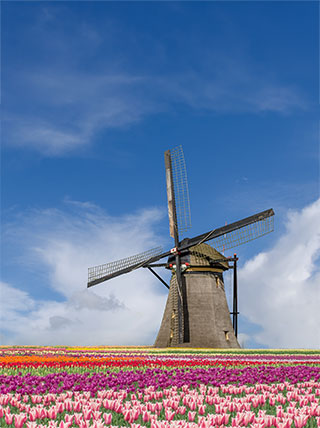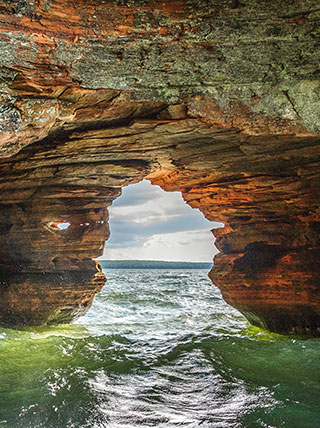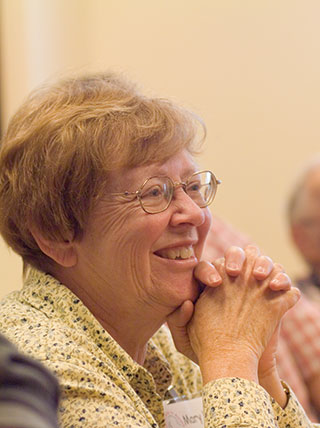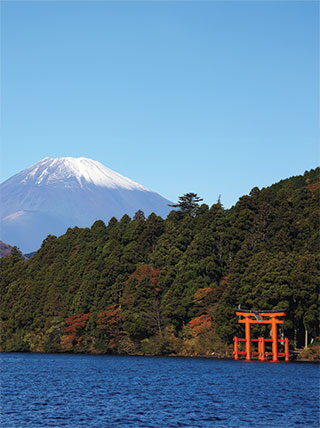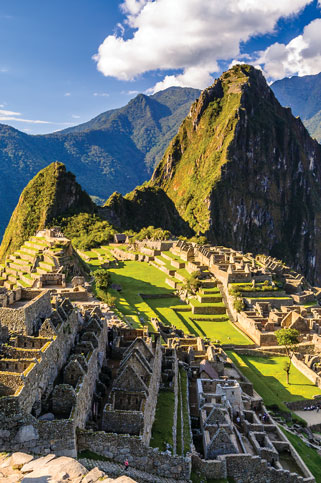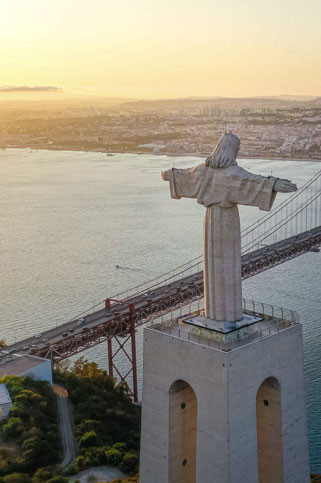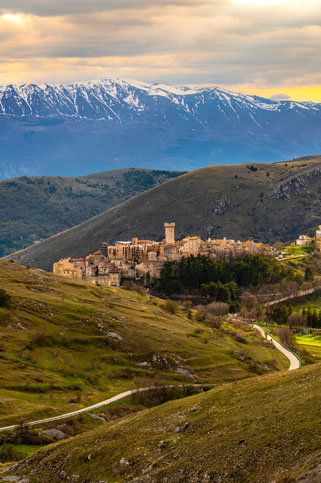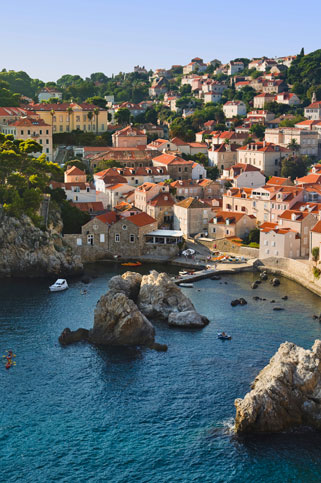- 5
- 6
- 7
- 8
- 9
- 10
- 11
- 12
- 13
- 14
- 15
- 16
- 17
- 18
Traveling with 2 or more children
- 5
- 6
- 7
- 8
- 9
- 10
- 11
- 12
- 13
- 14
- 8
- 9
- 10
- 11
- 12
- 13
- 14
- 15
- 16
- 17
- 18
Only 1 child
- The programs you see will begin and end within the start and end dates you selected. Expand your dates to see programs that may begin earlier or end later.
- Traditional AdventuresEasy GoingOn Your FeetKeep the PaceLet's Go!Outdoor AdventuresOutdoor: No SweatOutdoor: SpiritedOutdoor: ChallengingOutdoor: Choose Your Pace
SHOW ME:
Newest
Most Popular
Online Only
SORT BY:
- Most Popular
- Relevance
- Price
- Start Date
- Title Asc
- Title Desc
- 5
- 6
- 7
- 8
- 9
- 10
- 11
- 12
- 13
- 14
- 15
- 16
- 17
- 18
Traveling with 2 or more children
- 5
- 6
- 7
- 8
- 9
- 10
- 11
- 12
- 13
- 14
- 8
- 9
- 10
- 11
- 12
- 13
- 14
- 15
- 16
- 17
- 18
Only 1 child
Recommended For You


